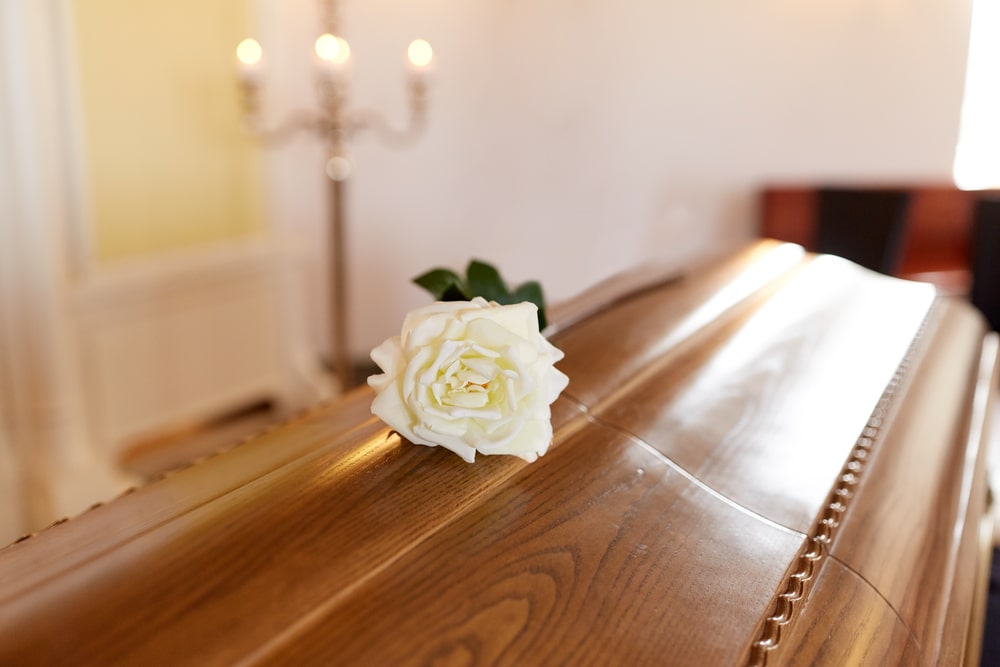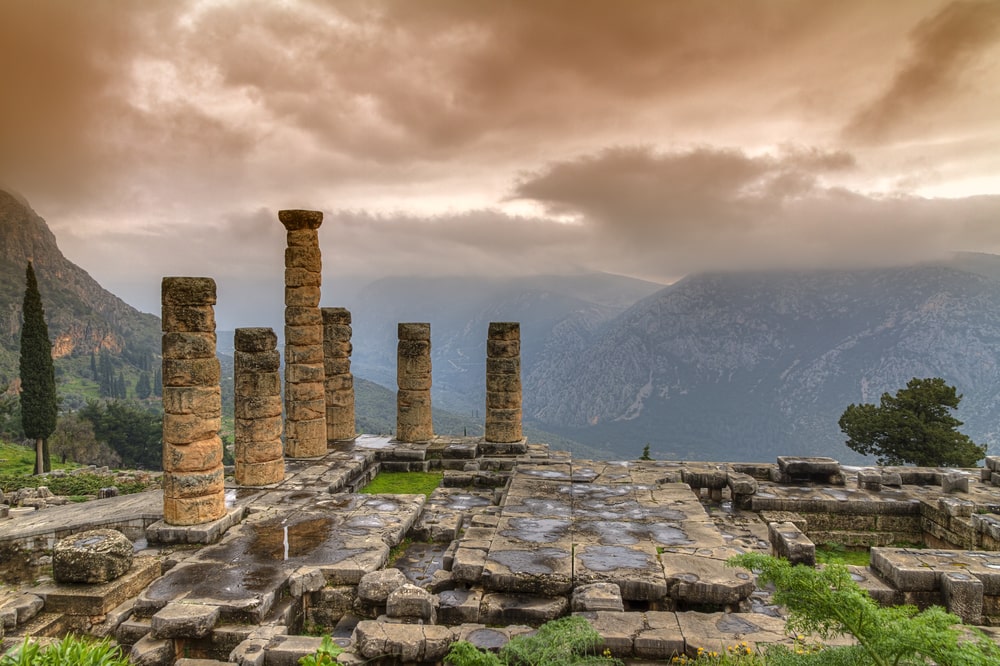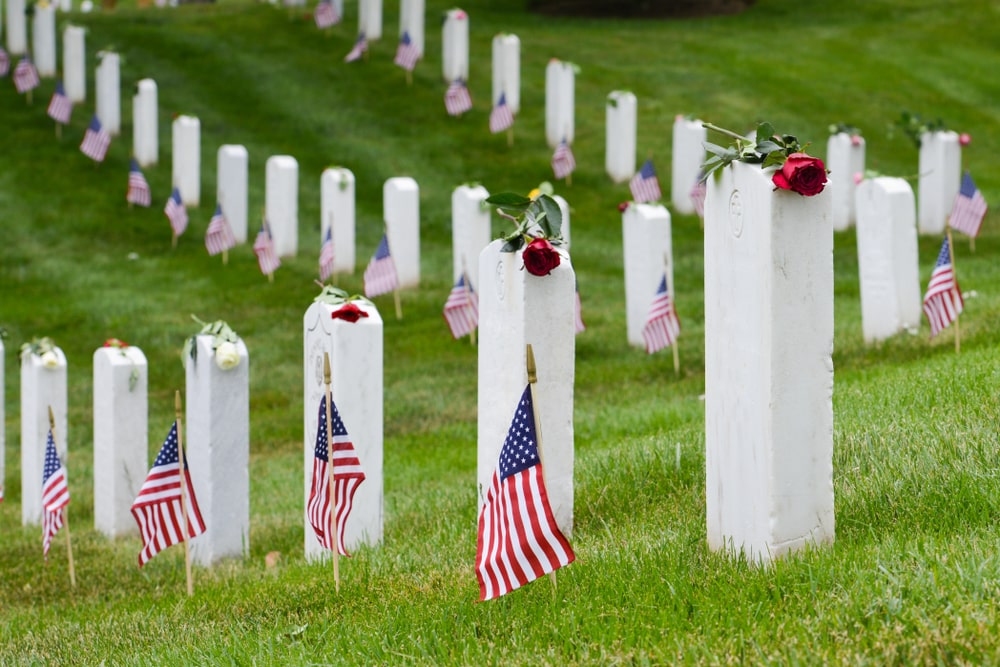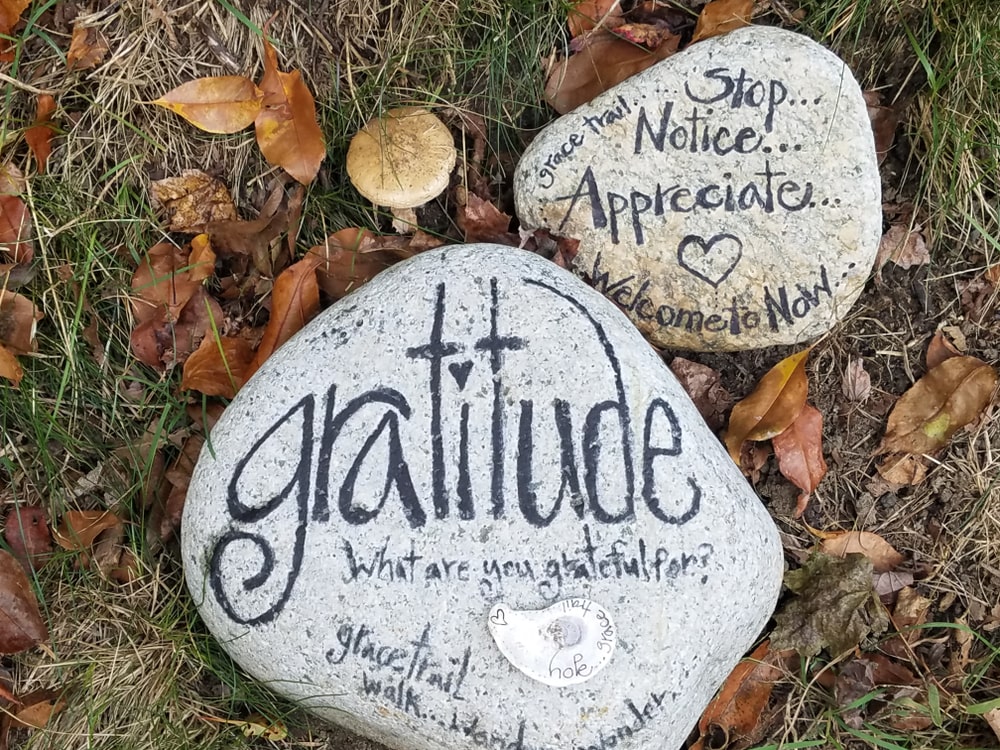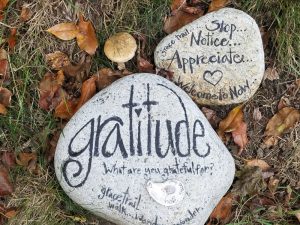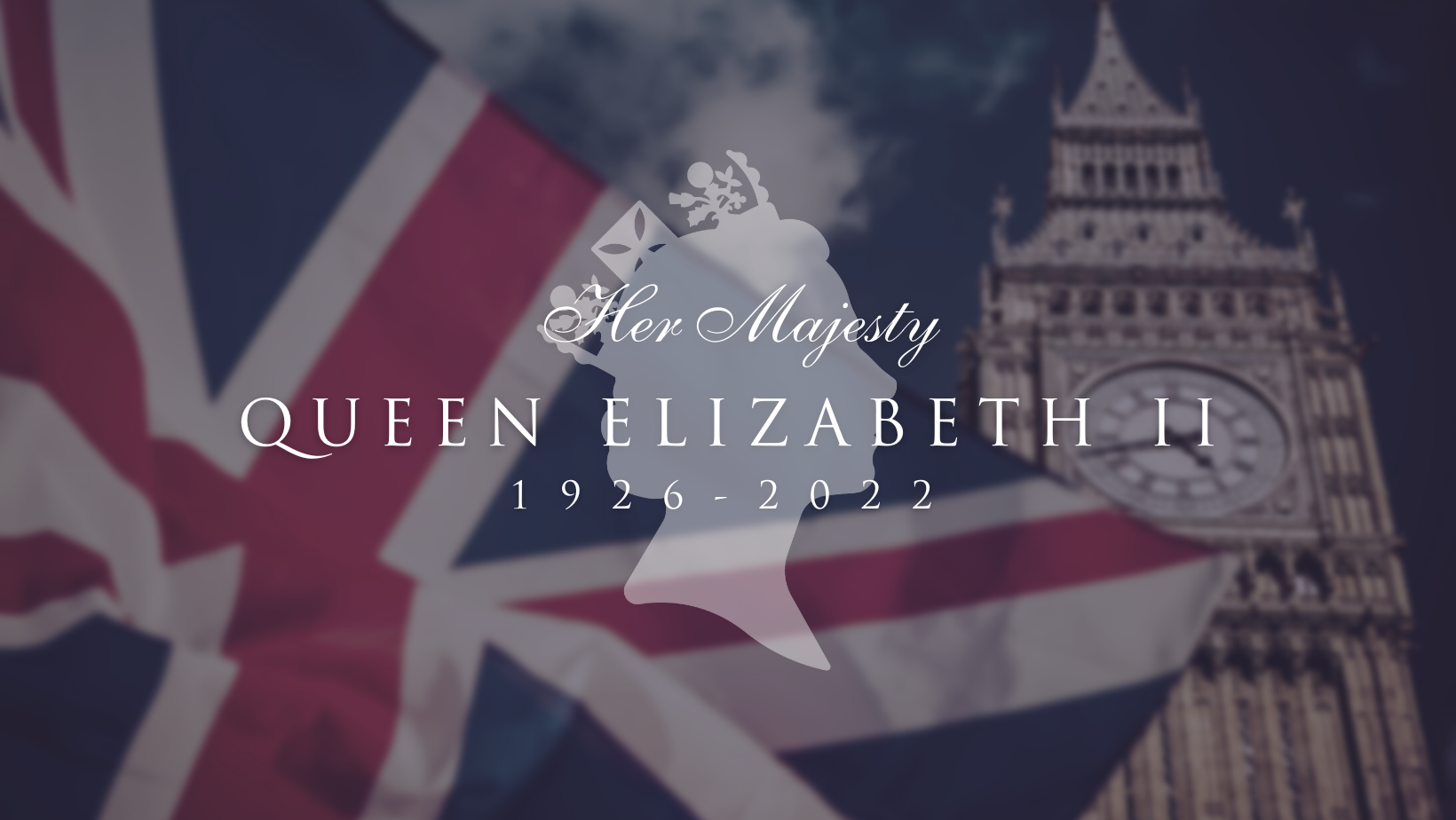
Losing someone you love can throw you off-balance and make you feel like you’re losing control of your life. This is completely normal in the early stages of grief. Whether you’re feeling sad, angry, guilty, numb – all of these are natural reactions to loss. However, the intensity of your grief should decrease over time, becoming less sharp, less overwhelming. Unfortunately, for some, grief can trigger or exacerbate unhealthy coping habits, leading to something called “negative coping.” When these habits are unaddressed or go on too long, they can seriously affect your ability to live a healthy life.
What is “Negative Coping”?
First, let’s look at negative coping, so you have a clear understanding of what it is and how to identify it.
Definition
While we all cope with grief and stress in our own ways, there are some habits that are destructive to a person’s health – both physical and emotional. “Negative coping” refers to any behavior that is used to avoid painful emotions or situations. These numbing actions provide momentary relief (“avoidance”), but they do not facilitate healing in any way.
Why is negative coping bad?
The biggest reason negative coping is so harmful is because it prevents you from dealing with your emotions in a healthy way. In a way, you get trapped in a cycle of avoidance. It’s too hard to deal with the emotions, so you numb yourself with other things. These other things aren’t necessarily bad on their own, but they can be taken to an unhealthy extreme. For example, it’s fine to enjoy a glass of wine or other alcoholic beverage now and then, but if you are leaning on alcohol to numb your feelings, there’s a problem.
How do I know when someone is participating in negative coping?
It can be hard to pinpoint because everyone experiences grief in a different way, but numbing activities are a good indicator. For example, if you know someone who has been watching TV a lot, that may not be a sign of negative coping. However, if that person is actively avoiding all other responsibilities, isolating themselves, and skipping work to watch TV (even months after the loss), then there’s cause for concern.
Now that you understand negative coping, let’s discuss 4 unhealthy coping habits to avoid.
4 Unhealthy Coping Habits to Avoid
Before we look at some of the more damaging unhealthy coping habits, it’s important to understand that any behavior can be unhealthy when it’s used incorrectly. For instance, if you spend too much money, eat too much food, sleep too much, or watch TV too much, you can develop an unhealthy habit around that behavior. It’s important to evaluate why you are doing it and what you are avoiding.
Here are some normal behaviors that can take on an unhealthy edge during times of loss:
- Working long hours/staying busy
- Focusing on the needs of your family only/ignoring yourself
- Using food to numb your feelings
- Forgetting self-care/hygiene
- Sleeping too much
- Allowing an activity to consume your life (working out, TV, video games, etc.)
While all of these are concerning, there are some coping habits that are particularly damaging to your physical and emotional health. Participating in these activities may end up harming you or someone else.
#1 – Living in Denial
While denial is a normal part of grief, it should pass relatively quickly. When you see a loved one’s body at the visitation, attend the service, or help scatter the ashes, these actions all help you accept the reality of the death. However, refusing to acknowledge reality or choosing to live in denial can be very harmful. This doesn’t necessarily mean you don’t believe the death occurred, but it does mean you’ve shut off your emotions. If you don’t come to some form of acceptance, it can lead to fewer meaningful connections and feeling trapped in an emotional purgatory. Without meaningful connections, the zest for life is lost, and you live the shadow of a life you could have.
#2 – Choosing Isolation and Withdrawal
When things are hard, running away sometimes feels like a good idea. One way to run from dealing with your feelings is to withdraw and isolate. While this behavior may feel comforting in the moment, it leads to feelings of loneliness and a higher risk of mental health problems. When the grief feels like it’s ripping you apart, it is hard to engage with others, but it’s important that you do. You don’t have to become a social butterfly but let in the people who are closest to you. Be open and honest with those you trust and start to engage with your feelings. It will help, and you can balance your emotional needs.
#3 – Using Addictive Substances
Science tells us that some people are more likely than others to develop an addiction. Sometimes, an addiction starts from a desire to fit in with others, but often, it begins during times of great stress. Whether it’s alcohol, cigarettes, or drugs, the temptation to overuse addictive substances lies in their ability to help numb the emotions. We are looking for an external way to heal internal pain, but it’s only temporary. To truly heal, you have to confront the pain and deal with it. With this unhealthy habit, the effects can be far-reaching, including permanent damage to your body or even criminal charges.
#4 – Engaging in High-Risk Behavior
Perhaps the most alarming unhealthy habit is engaging in high-risk behavior. This could include abusing alcohol, cigarettes, and drugs, but it refers to other things, too. It could mean compulsive spending, gambling, self-harm, reckless driving, getting into an unhealthy relationship, or unsafe sexual activity. These activities can have very real and long-lasting consequences, which makes them particularly harmful. For example, gambling can lead to extreme debt or reckless driving can lead to criminal charges. High-risk behavior is a very obvious indicator that someone is not processing their grief in a healthy way.
If you find yourself or a loved one participating in any of these harmful behaviors or you are simply having trouble finding a healthy balance in your life, it’s helpful to talk with someone – a trusted friend, a pastor, a church elder, a licensed counselor. Suppressing your feelings gets you to no place good, so even though it hurts, face them head on.
Renowned grief expert Dr. Alan Wolfelt puts it this way, “From my own experiences with loss as well as those of the thousands of people I have counseled over the years, I have learned that we cannot go around the pain of our grief. Instead, we must learn to embrace and express it. This is hard but absolutely necessary work.”
How Can I Express My Pain in a Healthy Way?
Every person and every grief journey is unique, which means you have to figure out which healing actions work for you. However, there are many tried and true options that have been successful for a variety of people. Give different activities a try and see what works for you. For tips on healthy grieving habits, take a moment to read 10 Helpful Tips When Grieving a Loss, How Creativity Can Help You Deal with Loss, and 5 Benefits of a Grief Journal.
Grief is hard, and you may find yourself staggering from the loss. Even so, for your own sake, find a way to work through your emotions. Name them. Embrace them. And eventually, begin to heal from them. In the meantime, if you need help moving away from unhealthy coping habits, reach out to a grief therapist. They can help you do the work of grief and get on the road to healing.































